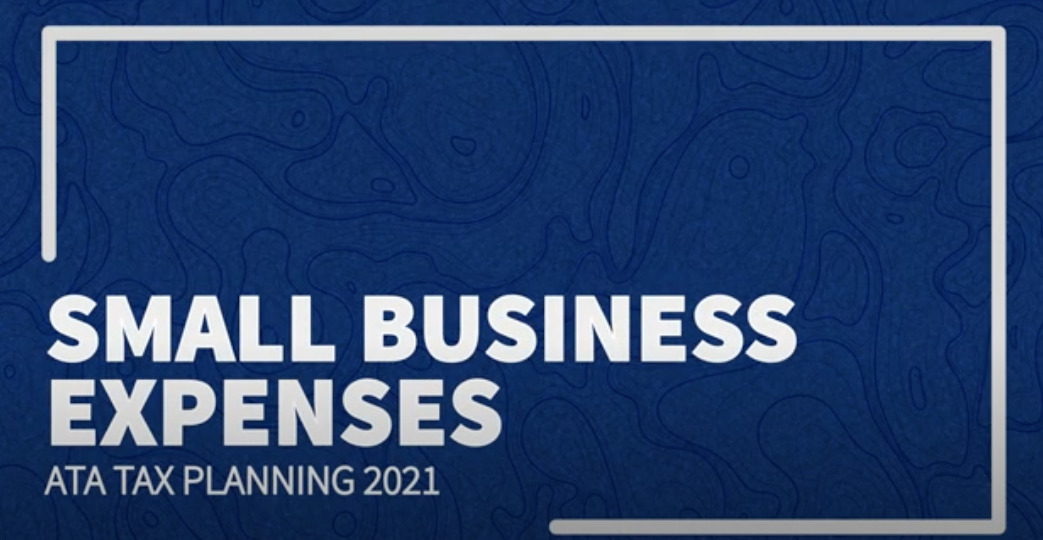Business owners are rightly urged to develop succession plans so their companies will pass on to the next generation, or another iteration of ownership, in a manner that best ensures continued success.
Ideally, the succession plan you develop for your company will play out over a long period that allows everyone plenty of time to adjust to the changes involved. But, as many business owners learned during the pandemic, life comes at you fast. That’s why succession planning should best be viewed from three separate but parallel timelines:
1. Long Term
If you have many years to work with, use this gift of time to identify one or more talented individuals who share your values and have the aptitude to successfully run the company. This is especially important for keeping a family-owned business in the family.
As soon as you’ve identified a successor, and that person is ready, you can begin mentoring the incoming leader to competently run the company and preserve your legacy. Meanwhile, you can carefully determine how to best fund your retirement and structure your estate plan.
2. Short Term
Many business owners wake up one day and realize that they’re almost ready to retire, or move on to another professional endeavor, but they’ve spent little or no time putting together a succession plan. In such a case, you may still be able to choose and train a successor. However, you’ll likely also want to explore alternatives such as selling the company to a competitor or other buyer. Sometimes, even a planned liquidation is the optimal move financially.
In any case, the objective here is less about maintaining the strategic direction of the company and more about ensuring you receive an equitable payout for your ownership share. If you’re a co-owner, drafting a buy-sell agreement is highly advisable. It’s also critical to set a firm departure date and work with a qualified team of professional advisors.
3. In Case of Emergency
As mentioned, the pandemic brought renewed attention to emergency succession planning. True to its name, this approach emphasizes enabling businesses to maintain operations immediately after unforeseen events such as an owner’s death or disability.
If your company doesn’t yet have an emergency succession plan, you should probably create one before you move on to a longer-term plan. Name someone who can take on a credible leadership role if you become seriously ill or injured. Formulate a plan for communicating and delegating duties during a crisis. Make sure everyone knows about the emergency succession plan and how it will affect day-to-day operations, if executed.
As with any important task, the more time you give yourself to create a succession plan, the fewer mistakes or oversights you’re likely to make. Our firm can help you create or refine a plan that suits your financial needs, personal wishes and vision for your company. Contact us. © 2024







